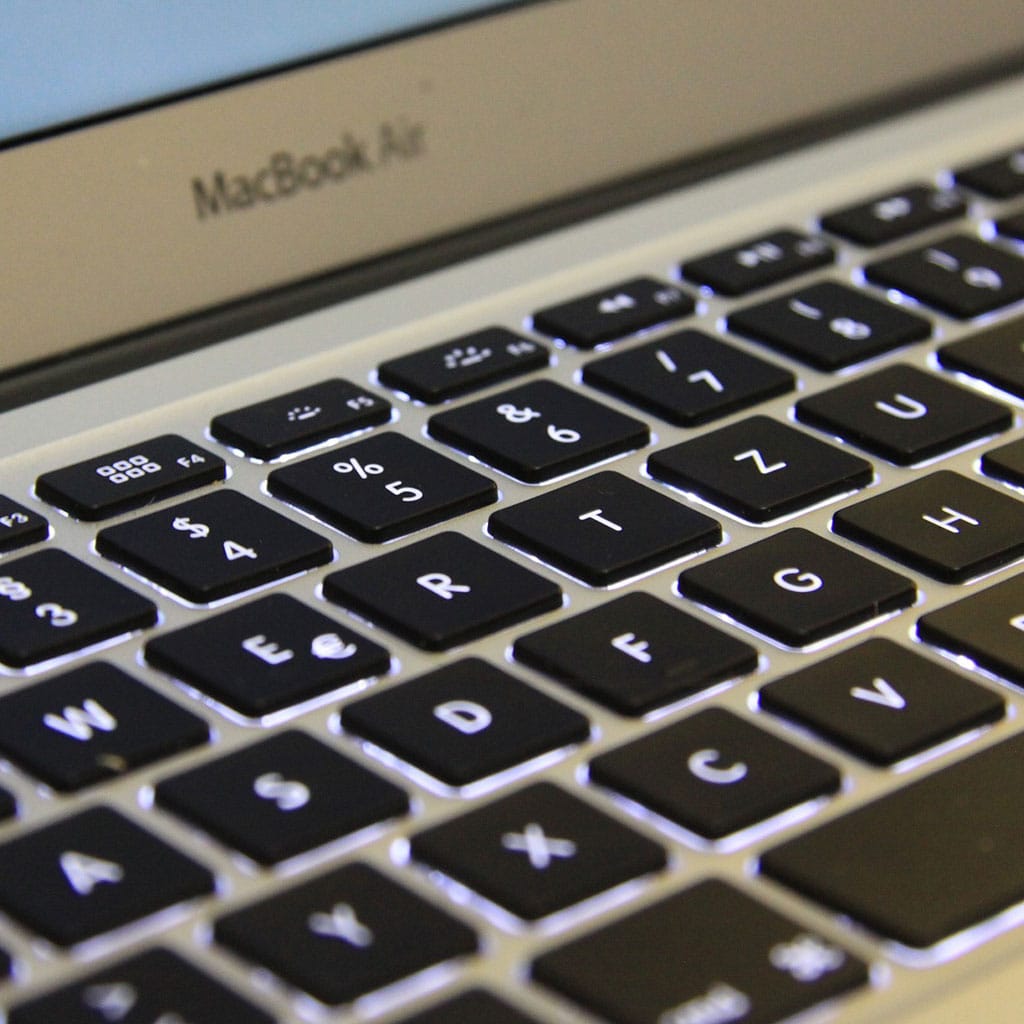How to type on MacBook
Mastering Typing on Your MacBook: Uncover essential tips and techniques to enhance your typing speed and efficiency on a MacBook. From keyboard shortcuts to text expansion, this article will elevate your typing skills to the next level.
Unlock the magic of typing on your MacBook!
Typing on a MacBook is a fundamental skill that can significantly enhance your productivity and overall computing experience. Whether you’re a beginner or looking to improve your typing speed and efficiency, here are several essential tips and techniques to help you type effectively on your MacBook:
Familiarize Yourself with the Keyboard:
Get acquainted with the layout of the MacBook keyboard. Pay attention to the placement of keys, including special keys like Command (⌘), Option (⌥), and Control (⌃).
Locate the Function (Fn) key, which allows you to access secondary functions on certain keys.
Practice Touch Typing:
Touch typing involves typing without looking at the keys, using muscle memory to find the right keys quickly. Practice touch typing regularly to improve your speed and accuracy.
Use online typing tutorials or software to learn touch typing and track your progress.
Learn Keyboard Shortcuts:
MacBook offers various keyboard shortcuts to perform tasks quickly. Some common shortcuts include Command + C for copy, Command + V for paste, and Command + Z for undo.
Familiarize yourself with essential shortcuts to save time and effort while working on your MacBook.
Use Text Expansion:
macOS includes a Text Replacement feature that allows you to create shortcuts for frequently used phrases or longer pieces of text.
Set up text expansion in System Preferences > Keyboard > Text, and create custom shortcuts for phrases you type often.
Enable Auto-Correction and Spelling:
macOS has built-in auto-correction and spelling features to help you catch typos and spelling errors as you type.
Go to System Preferences > Keyboard > Text and check “Correct spelling automatically” and “Capitalization.”
Customize Keyboard Settings:
Tailor the keyboard settings to your preferences. Adjust the key repeat rate and delay until repeat in System Preferences > Keyboard.
Consider enabling “Key Repeat” so that you can quickly type repeated characters by holding down a key.
Use Dictation:
macOS offers a dictation feature that allows you to type using your voice. Enable dictation in System Preferences > Keyboard > Dictation.
Use the Fn key twice quickly or set a custom keyboard shortcut to start dictation.
Install Third-Party Typing Apps:
Explore third-party typing apps that can provide additional features to enhance your typing experience, such as typing games or more advanced typing lessons.
Practice Regularly:
Like any skill, typing improves with practice. Make typing a regular part of your daily routine to reinforce your muscle memory and increase your speed.
By incorporating these tips and techniques into your typing routine, you can become a more proficient and efficient typist on your MacBook, making your computing tasks faster and smoother.
Which symbols can be found on a Mac keyboard?
Knowing how to use all the keyboard symbols available on the Mac can help make any task faster and easier. Start by becoming more familiar with the obvious choices that your keyboard offers. These include the letter, number, and punctuation keys, as well as key combinations like Control, Option, and Command. You can even combine multiple modifiers together to enhance your shortcuts.
Once you feel comfortable with these basics, it’s time to explore all of the Unicode characters accessible through your Mac keyboard. There are about 130,000 different characters that you can input in one way or another from your keyboard. To get an overview of all of them at once, turn on the full keyboard layout in your settings. With a little know-how and practice, you’ll be experts at using Mac keyboard symbols quickly and effectively!
Unlock the secret to unleashing math symbols on your Mac keyboard!
Typing math symbols on a Mac keyboard isn’t as difficult as it might seem. With the built-in character viewer, you can manually select and insert the specific symbol that you need with just a few clicks. Or, if you know the correct character combination, you can use keyboard shortcuts to quickly and easily input math symbols into your work. For example, a Pi symbol can be achieved by using Option + P or Shift + Option + P, depending on whether upper or lowercase is desired. Similarly, the symbols for omega (Option + Z), function (Option + F) and micron (Option + M) are all available via key combinations.
Having access to all these different mathematical symbols makes typing documents easier and faster than ever before. Typing equations by hand can be tedious; having the ability to quickly type in commonly used math symbols simplifies document creation significantly. And with auto-complete features built into many popular applications like Pages or Microsoft Word, navigating through available options is even more straightforward than before. So don’t hesitate to take advantage of Apple’s extensive list of special characters when crafting your next paper or presentation – you’ll be glad you did!
Emojis and symbols are cool
Emojis and miscellaneous symbols can provide a bit of extra flair to your work, whether it be for a text document or email. In order to make use of these characters, you’ll need to click “Edit” in the menu bar and click the text field where you want to enter the emoji. Of course, if you’d like to ensure that this will work, try it out in TextEdit first.
To access further character options, look for the special characters menu at the bottom of the drop-down menu under Edit. Depending on your OS X version, this will appear as either Emojis & Symbols or Special Characters; you can also bring that window up quickly with the keyboard shortcut “Command+Control+Space”. From there, you’ll usually find several categories where you can search for whatever symbol or emoji speaks to your desired purpose.




